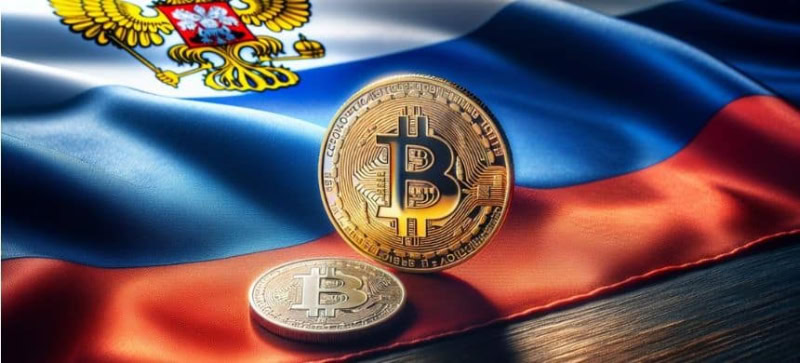Starting September 1, Russia will officially use cryptocurrencies for international payments to circumvent Western economic sanctions. This shift comes as traditional payment systems have been disrupted due to sanctions, prompting Russian authorities to seek alternative methods. Before the Ukraine conflict in 2022, Russia’s Central Bank had advocated for a total ban on cryptocurrencies. However, their use has grown since Russia was cut off from the SWIFT payment system.
On August 8, President Vladimir Putin signed a law allowing the experimental use of cryptocurrencies for international payments, with the Central Bank overseeing this process.
Read more: Trump Pledges to Turn US Into Crypto Hub and Bitcoin Leader
While efforts to legalize cryptocurrencies have been ongoing, uncertainties remain about their implementation and the security measures required. Russia’s National Payment Card System, controlled by the Central Bank, will play a crucial role in this transition, with stablecoins expected to be used for international transactions.
The success of Russia’s cryptocurrency initiative in global trade may depend on support from BRICS nations, although their commitment is not yet clear. A report from Russian Transstroy Bank highlighted both the potential benefits and challenges of using cryptocurrencies, such as restrictions in certain countries, technical issues, and value fluctuations, which could impede Russia’s goals.
Alongside the cryptocurrency initiative, Russia is continuing its digital ruble trials, aiming to integrate it into international trade, particularly with China, its largest trading partner. The digital ruble is currently accepted by around 30 companies and 11 cities in Russia, with experts emphasizing the need for successful domestic trials before broader international adoption.









